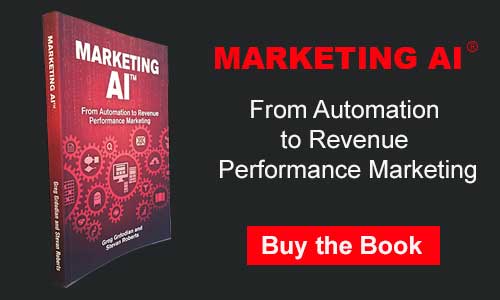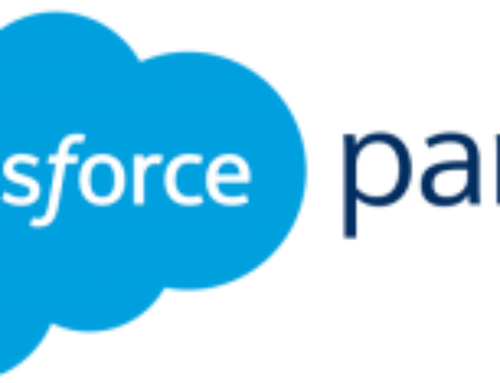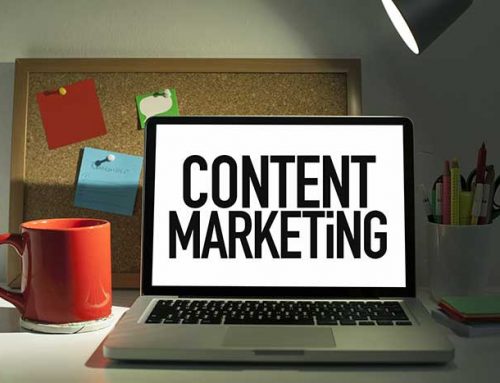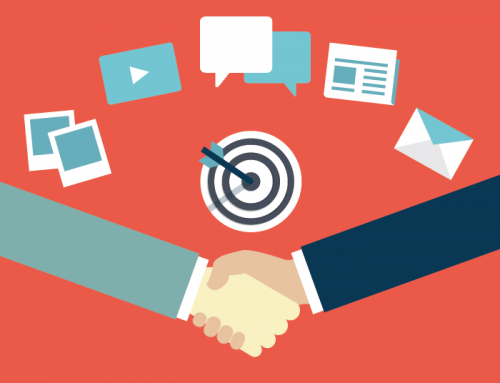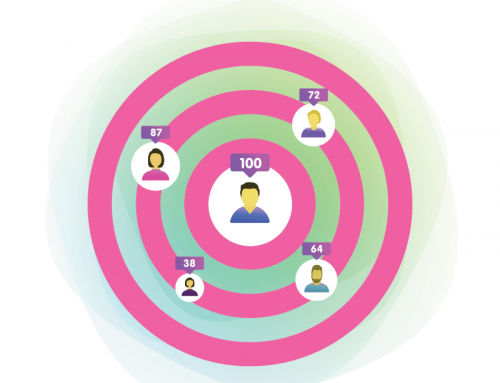The Internet has caused a paradigm shift in the way buyers gain information about your products, services, and company before they ever get in touch with you. You receive a huge advantage when you gain control over communications timing. The “when” of approaching your customers is as important as the “how.” You wouldn’t ask someone to marry you on your first date, and the same holds true for customer relationships. You also don’t want to ignore the chance to affect a lead’s buying decision with the right words at the right time. Those moments are often fleeting, and missing them is an opportunity cost few businesses can afford. In this chapter, we’ll look at how to approach your prospects, how to respond to their behavioral triggers, and how to retarget them so you retain as many potential customers as possible.
By now you understand that the real power of behavioral targeting is its predictive capability. You learn what your customers are doing now and use that information to tell you what future leads will do when they encounter the same triggers. Capturing behavioral and contextual data shows you the decisive points along a buyer’s journey so you can position effective content at those turning points. Think about your customers’ buying DNA (Chapter 3) as biological switches that direct how stem cells develop. You’re taking an active role in your customers’ choices with triggers and retargeting.
Responsive marketing is smart marketing. Over time, your email campaigns become increasingly agile and better able to predict how new leads will respond, making every campaign smarter than the last. This evolutionary process can’t happen with conventional email service providers (ESP) and siloed software systems, because they aren’t equipped to process and link behavioral data with other elements of your marketing strategy and contextualize it. Context is a cornerstone of marketing automation and the foundation of your MARKETING AI®.
Before you send the first email and introduce yourself to new leads, you need to map out exactly what you hope to accomplish with
your campaign. Every business wants to grow, earn more profits, and get more customers. You have to map a specific set of goals with your creative team and MARKETING AI® experts working together. With your MAS, you’re able to outline your reasons for contacting your customers with every communication; when everything you do has a purpose, you achieve far greater success.
You should ask why it’s important for you to send this email or post that banner, what you want to communicate to your newest subscribers, and what do you do about your most loyal customers or those who haven’t connected with you in a while. Marketing automation coordinates all these purposeful connections for you and helps your marketing efforts evolve into a strategic rather than a logistic process. Some possible reasons and goals for making contact may include:
- Attracting new prospects
- Engaging your audience
- Displaying your thought leadership
- Influencing trends
- Producing interest and desire
- Finding new subscribers
- Alerting new prospects to an offer in exchange for information
- Selling products and services
- Establishing or expanding customer loyalty programs
- Seeking referrals
- Producing site registrants
- Generating whitepaper/webinar sign ups
- Creating greater brand awareness
Once you know what you want to say, it’s time to think about how you say it.
 Initial Communications — Have Them at Hello
Initial Communications — Have Them at Hello
How do you introduce yourself to new prospects or bring new ideas to current customers? Those initial communications are critical to your current campaign’s success, but they also play a major role in brand perception, data acquisition, and future contacts. Your initial communication may be widespread and diffuse, such as with television ads, radio spots, video, and website banners. It may be intensely focused and deep, as with direct mail, email, telemarketing, and social media channels. You and your marketing team use your MARKETING AI to develop a blueprint that emphasizes one or another aspect of your initial communication strategy. Of all your initial contact avenues, though, email is usually the star of the show, and for good reason.
Email as an Initial Communication
Nothing approaches email for rapidity, low cost, and size of the available universe. It’s also the most trackable method of communication you have, generating mountains of useful data in easy-to-analyze formats. Marketing automation specialists and data-governance managers love email as a primary communication tool because it’s simple to test and tweak. That’s good news because email is often the foundation on which the rest of your marketing blueprint sits. It’s critical for marketers to get email right because the data it generates will govern the direction of future campaigns and retargeting efforts.
Although it’s easy to use, email is also easy to misuse without good data curation. You learned in Chapter 3 how vital data hygiene is and how lost opportunities and irrelevant advertising can cost you. Successful email marketers give customers information they want, but first, they have to figure out how best to deliver that content while keeping your company’s name clean in the eyes of ISPs.
Email’s ascendancy as a marketing tool is assured, and the trend is ever upward. Today, smartphones and mobile devices have surpassed the use of computers as the preferred access to the Internet. This paradigm shift directly affects how you communicate with your customers, making responsive email design a must. More people read their email on mobile devices than on desktop systems. Your customers are no longer tethered to their desks when they read your correspondence, so email that’s short, concise, and responsive fits the mobile-first mentality.
That’s already enough to make email a central part of your marketing blueprint, and in successive chapters, you’ll learn how to execute those email strategies to maximize conversions.
Direct Mail
People have multiple email addresses (not all of which are useful for B2B marketing, which should go exclusively to corporate addresses), but they typically have only one corporate business address at a time. Direct mail as an initial communication channel is a costlier proposition than email, and is, therefore, an optimal retargeting channel, but if you’re working from a clean list (Chapter 3) it’s a potentially effective way to reach a highly localized audience. For many companies, direct mail makes sense because it’s a relatively unspoiled channel, particularly for B2B companies. With fewer competitors, your voice stands out, especially when your message is closely tailored to your prospects’ interests, thanks to your MAI. Your marketing team can also find ways to save on direct mail, including ride-alongs that double up on mailing by enclosing multiple items in a single envelope; using digital printing services, and investing in high-quality mailing lists.
Your MAS plays a key role in making direct mail work both as an introductory marketing channel and as part of a long-term lead nurturing campaign. With it, you’re able to target your campaign regions with far finer granularity than with any other direct mail software system. Combined with the other demographic and firmographic information you’ve discovered through the system’s data append and enhancement tools, you can fine-tune mailings to reach your ICP and make such campaigns viable from the outset. For B2B industries that are (necessarily) regionally restricted, such as commercial-property management firms and corporate architects, direct mail could send a strong signal of quality as an initial point of contact.
Banner Advertising
With the right data analysis and a careful host selection behind it, banner advertising can be an effective initial communication tool, especially if you’re aiming for a high number of impressions on a single spend. The key to using banner advertising well is in matching the banner to the audience, a task that’s ideal for MARKETING AI, with its multidimensional view across marketing channels. If you sell cleaning supplies for food service industries, for example, your banner ad will thrive on local and regional restaurant journals, but won’t gain much traction on a gourmet food blog. Banners can be an important part of an integrated marketing campaign as a way to increase familiarity. Ad-locking software on users’ computers, especially when they visit a site from the office, can be a limiting factor for the efficacy of banner ads, but their low price and ease of production still make them a valuable part of your marketing blueprint.
Marketing automation systems excel at serving the right content to the right audience. Moreover, they can track behavior on a deeper level than click-throughs, giving you important information about time spent on the source page, responses to A/B split testing, (a topic we’ll cover in Chapter 16), and the interrelation of all this data with existing customer information. By contextualizing how people interact with your banners and your brand, your MAI is able to give you a far more complete picture of leads and what they want most from you.
Social Media
Like email messages, social media networks are excellent as a low- or no-cost way of raising your prospects’ awareness and building essential mindshare. Because it takes only a small time investment to build a social media profile, connect with users, and participate in the conversation with your customers, social media should be a part of every marketing campaign. However, relying too heavily on social media is like building a house on shifting sands: It’s ideal for initial contact and retargeting efforts, but it’s not intended to rule your marketing plan.
A MAS puts social media channels in context, linking them in meaningful, relevant ways to customized content. A link in your Twitter feed to a single page can serve different customers different contexts, thanks to personal URLs and tracking cookies. If, for example, SEO Schematics wanted to invite customers to read its latest blog post, the graphics, and banners surrounding the post-change depending on who clicked through to read it.
Content Marketing
Although you’ll read much more about content marketing and native advertising in Chapter 7, it’s worth a mention here because it’s so vital to your marketing success. Leaving room in your marketing budget and timeline for content is non-negotiable. Good SEO also counts as a form of initial communication, because it’s the first way many people will find you via a web search or backlink from another source. It’s never too early to start thinking about content, but during the blueprint phase, keep those content ideas broad and flexible.
Remember, more than half of your customers come to you with some knowledge about you, not all of which comes directly from you. Your content is your contribution to the conversation, letting your leads get a better idea of who you are as a brand. Marketing automation is ferociously content-hungry — it has to be, because it serves so many people a customized experience. That means you need to have sufficient content variety for every audience segment at every stage of your buyers’ journey, from anonymous lead to customer. Your marketing AI coordinates all that content and ensures that your initial contact via content marketing fits what your leads need to know.
Retargeting — Hello Again
Retargeting and re-engagement using tracking pixels, or MAS integration with third parties’ retargeting firms, gives your Marketing AI another bite at the apple by letting you follow up on an initial contact. Currently, your marketing AI has access to two types of retargeting: JavaScript or cookie-based and list-based methods.
JavaScript-Based Retargeting
The first priority for you when an anonymous lead visits is to get an email address so you can contact that lead directly. JavaScript or cookie-based retargeting (sometimes referred to as pixel tracking) is much more than a method for redisplaying your material to an anonymous site visitor.
The conversion strategy begins when an anonymous visitor is taken to a specific page on your website that sets the cookie. When that visitor leaves your site to surf the web, the cookie signals the retargeting firms to begin serving contextually specific ads showing products displayed on visited web pages. A smart strategy here is to gain the prospect’s email address by inviting the prospect to fill out a landing page form in return for valuable content.
List-Based Retargeting
Third-party retargeting companies and social networks such as Facebook, LinkedIn, and Twitter offer marketing programs that match your prospects’ email addresses to their members, then serve up HTML or text-based ads to prospects you select from your database. These prospects are selected by your MAI based on their Lead Lifecycle stage, taking into account demographic, behavioral, and contextual scores that have the highest potential value or propensity to respond.
When you retarget people you’ve previously reached with an initial communication, you can expand on that brief initial contact and win more conversions as prospects hear the rest of the story. Retargeting works because it’s contextually relevant. Because you can serve up graphics and copy to a lead displaying the exact products and services that originally brought the prospect to your website, you enjoy higher customer retention rates and give a boost to your acquisition results. A successful retargeting campaign can double or triple the power of the initial marketing campaign by reengaging with customers who opened your email or clicked through but didn’t act or who added an item to a shopping cart without buying. It can also be a powerful strategy that wins your company mindshare when a prospect is evaluating competitors during the decision stage. Staying in a lead’s consciousness and establishing your organization as the industry leader can convince him to buy from you.
Marketing departments spend a remarkable amount of time and effort earning clicks and conversions, but without contextualized retargeting, they could be losing a larger chunk of that investment than necessary. With retargeting, you take your message to another format, extend another invitation to your prospects, and convince uncertain prospects and customers that now is the time to act. Marketing AI prepares you for retargeting even before your campaign launches. With a retargeting strategy in place before the first email or banner ad goes out, you retain as many connections as possible with your leads, and greater connectedness means higher conversion rates.
Building retargeting into your marketing efforts is critical to maximizing your ROIs. Instead of thinking of it as a failsafe or fallback strategy, build it into the main body of your marketing plan. Here, an effective three-step retargeting strategy:
Step 1: Re-engagement — Give fence-sitters a little nudge over the top with communications that build on the previous message. For example, you might follow an offer that includes a free subscription with a targeted email that includes a start-my-free-subscription-now button. Contextually linking your retargeting efforts with recent communications reinforces the message and brings it to top of mind again for your prospects.
Step 2: Personalization — If your first contact with a prospect gave you new data about her, make your next communication personalized to encourage an ongoing customer relationship. If, for example, a visitor to your e-commerce site registered with information that his company is in the advertising industry, your response might include industry-specific personalization in the title: “SEO Ranking Secrets for Advertising Agencies.” A message is only as personalized as your knowledge of the person receiving it, and it goes deeper than simply using a name. Communicate context-rich details you’ve learned at each step along the Lead Lifecycle to foster two-way interaction and to boost conversion rates after retargeting. Other potential triggers for personalization include job function, new data on interests, and new product launches, all of which can add context and dimension to your conversation with leads.
Step 3: Last-chance offers — At some point prospects who aren’t interested in this campaign should drop out of its retargeting efforts, but don’t let it happen without a final message to remind them of your offer. An important note: Cutting your losses on this campaign with a last chance message doesn’t mean you remove those prospects from your overall database; just because they aren’t interested in this offer at this time doesn’t mean the next campaign won’t result in a big sale.
Come back next week to learn about Re-engagement strategies, triggers, and flows in Part II.
© Reach Marketing, LLC
Next Blog: MA Series – Chapter 6: Initial Communication, Retargeting, and Triggers Part II
A MARKETING AI® Mindmap
In this series Marketing AI®: From Automation to Revenue Performance Marketing, you’ll learn much more about what marketing automation is, what it isn’t, and where it fits into a marketing strategy. You’ll also discover more about traditional marketing through the lens of automation and read a compelling case study about how one company went from finding itself in a marketing dead zone to flourishing as an automated, intelligent, and responsive organization that converted its old marketing plan into a revenue marketing strategy.
Sign Up To Receive Future Enewsletters
Copyright 2021 Reach Marketing LLC
MARKETING AI® is a registered trademark of Reach Marketing, LLC

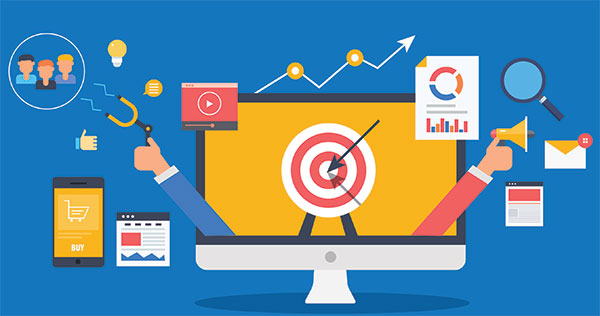
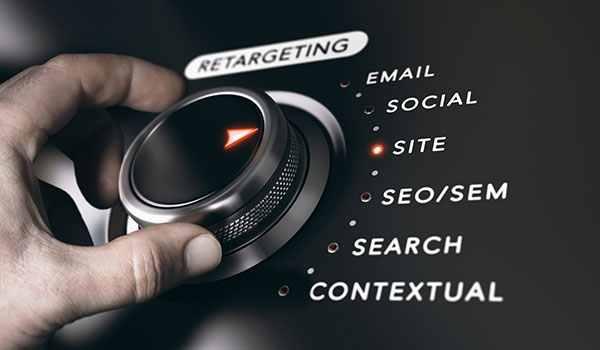
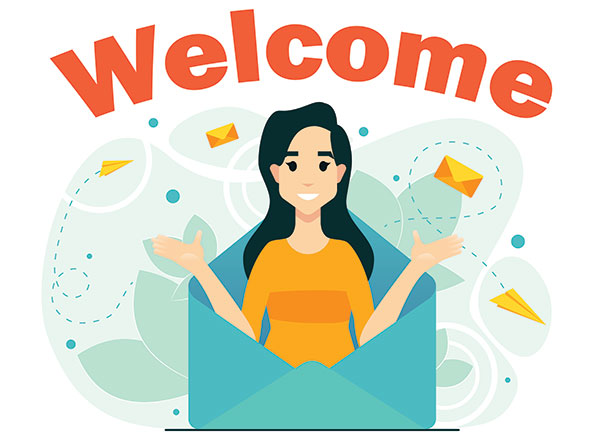 Initial Communications — Have Them at Hello
Initial Communications — Have Them at Hello
